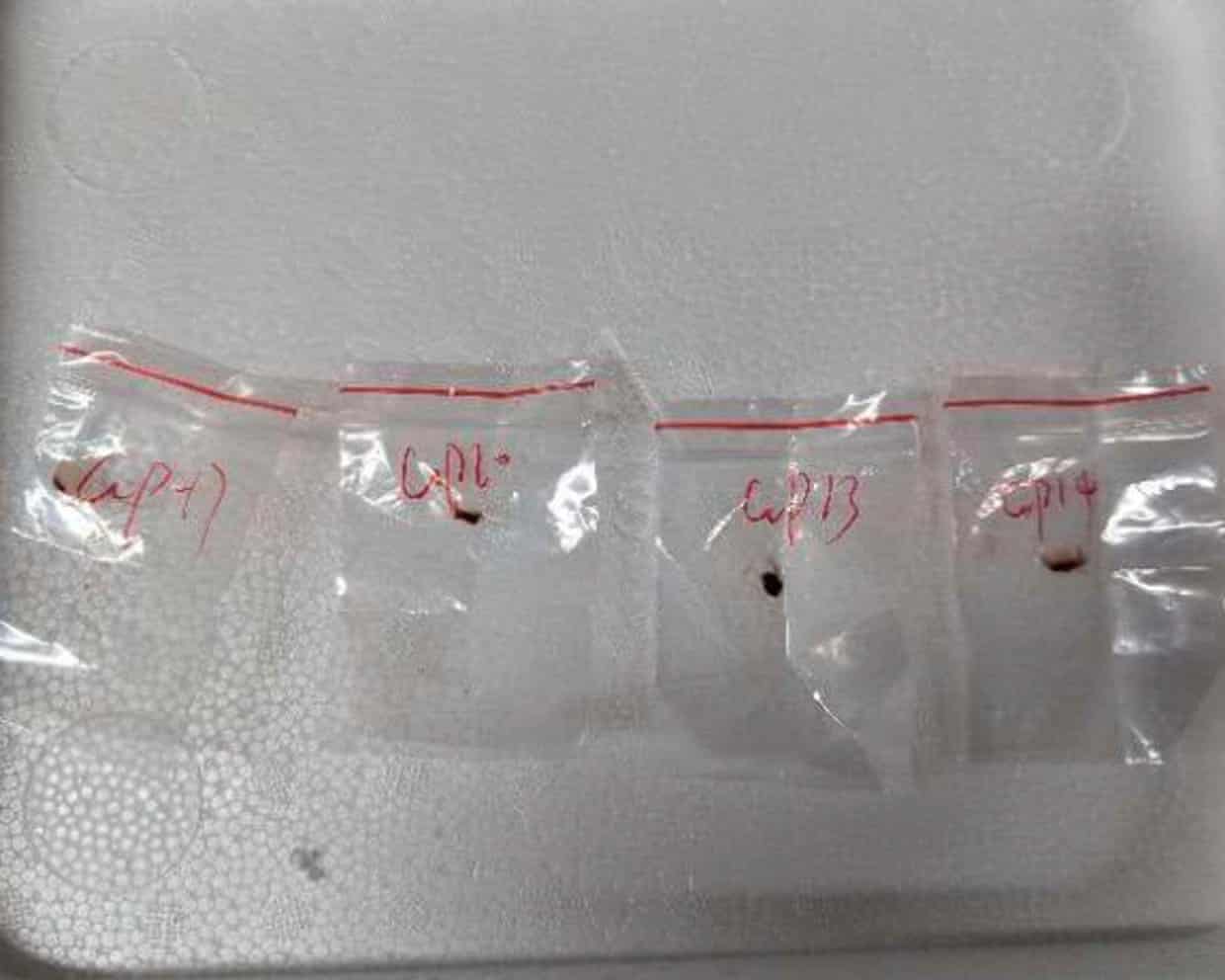 Three more Chinese astronauts, or taikonauts, are now marooned in space following the successful return of their previously stranded comrades. The latest development highlights a potential flaw in China's space protocols, experts say, which could put astronauts needlessly at risk.
Three more Chinese astronauts, or taikonauts, are now marooned in space following the successful return of their previously stranded comrades. The latest development highlights a potential flaw in China's space protocols, experts say, which could put astronauts needlessly at risk.
The latest stranded trio — Zhang Lu, Wu Fei and Zhang Hongzhang — are the crew of the Shenzhou-21 mission. They have been living onboard China's Tiangong space station since Oct. 31, shortly after they were launched into space by a Long March 2F rocket. Their mission was to take over from the station's incumbent Shenzhou-20 crew, made up of taikonauts Wang Jie, Chen Zhongrui and Chen Dong, who were originally due to return to Earth on Nov. 5.
However, after a successful handover period, the Shenzhou-20 crew's return trip was called off at the last minute when a piece of suspected space junk hit their return capsule. After tests revealed a crack in the viewing port of the struck spacecraft, the Shenzhou-20 crew boarded the return capsule designated for the Shenzhou-21 crew and successfully returned to Earth on Friday (Nov. 14).
But while many were quick to celebrate the return of the Shenzhou-20 crew, who completed the longest single spaceflight by any taikonauts (204 days), this now means that the Shenzhou-21 crew has no way of returning to Earth themselves, Live Science's sister site Space.com reported.

 Science Glance
Science Glance

 Susumu Kitagawa, Richard Robson and Omar M. Yaghi are awarded the Nobel Prize in Chemistry 2025 for the development of a new type of molecular architecture. The constructions they created – metal–organic frameworks – contain large cavities in which molecules can flow in and out. Researchers have used them to harvest water from desert air, extract pollutants from water, capture carbon dioxide and store hydrogen.
Susumu Kitagawa, Richard Robson and Omar M. Yaghi are awarded the Nobel Prize in Chemistry 2025 for the development of a new type of molecular architecture. The constructions they created – metal–organic frameworks – contain large cavities in which molecules can flow in and out. Researchers have used them to harvest water from desert air, extract pollutants from water, capture carbon dioxide and store hydrogen. Bret Adee is one of the largest beekeepers in the US, with 2 billion bees across 55,000 hives. The business has been in his family since the 1930s, and sends truckloads of bees across the country from South Dakota, pollinating crops such as almonds, onions, watermelons and cucumbers.
Bret Adee is one of the largest beekeepers in the US, with 2 billion bees across 55,000 hives. The business has been in his family since the 1930s, and sends truckloads of bees across the country from South Dakota, pollinating crops such as almonds, onions, watermelons and cucumbers.































